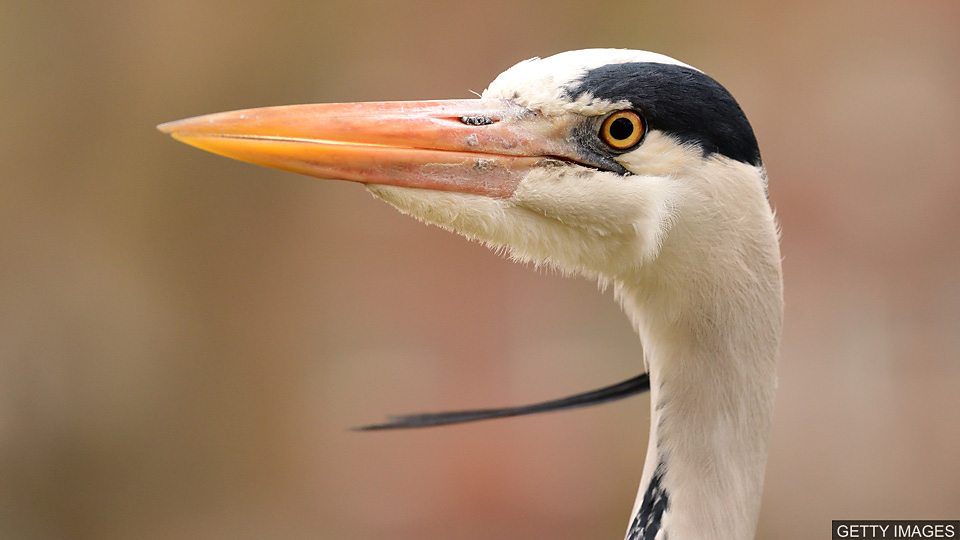科学家们通过结合有关化石的一系列新发现及最新技术,建造出了最先进的原始鸟类头骨模型。这一成果为鸟喙的进化史提供了新解释。
文字稿
It’s well known that birds evolved from dinosaurs - gradually growing feathers and taking to the air. But their tiny delicate skulls have been difficult to study as they’re rarely preserved as fossils.
众所周知,鸟类是由恐龙进化而来的。它们逐渐地长出羽毛并飞向天空。但由于鸟类的头骨微小而纤细,因此很少有保存完好的化石,这使相关研究的展开变得困难。
Now researchers have combined extraordinary new fossil discoveries with the latest CT scanning techniques to make the most advanced 3D model of the skull of a primitive bird. They say creatures existed for much of the age of the dinosaurs that looked half-bird, half-dinosaur.
现在,研究人员们把令人惊叹的化石新发现和最新电子计算机断层扫描技术结合起来,制作出了最为先进的原始鸟类头骨3D模型。他们说,这类看起来半鸟半恐龙的生物存在于恐龙时代的大部分时期内。
Ichthyornis, which was the size of a seagull, had a beak and a brain much like modern birds but the sharp teeth and powerful jaws of dinosaurs like Velociraptor. Its bones were first found in the 1870s drawing the attention of Charles Darwin. Modern-day scientists say this amazing bird, which gives a picture of what the first beaks were like, has been under their noses the whole time.
鱼鸟的体型如海鸥,它的喙和脑部构造与现代鸟类非常相近,但它却拥有伶盗龙一般尖利的牙齿和强健的下颚。这类动物的骨头于 1870 年代首次被人发现,当时引起了查尔斯·达尔文的关注。当代科学家们说,这种使我们了解到鸟喙最初外观的神奇鸟儿,原来一直都近在眼前。
1. 词汇表
evolved 进化
delicate 纤细而脆弱的
preserved 被保存
fossils 化石
primitive 原始的,远古的
under their noses 在眼皮底下,近在眼前
2. 阅读理解:请在读完上文后,回答下列问题 。
1. Why have bird skulls been difficult to study as fossils?
2. What have researchers made using new fossil discoveries and the latest CT scanning techniques?
3. What kind of creature was Ichthyornis?
4. When were the bones of Ichthyornis first found?
3. 答案
1. Why have bird skulls been difficult to study as fossils?
Bird skulls are tiny and delicate and are rarely preserved as fossils.
2. What have researchers made using new fossil discoveries and the latest CT scanning techniques?
Researchers have made the most advanced 3D model of the skull of a primitive bird.
3. What kind of creature was Ichthyornis?
It was the size of a seagull and had a beak and brain like modern birds, but the sharp teeth and powerful jaws of a Velociraptor.
4. When were the bones of Ichthyornis first found?
Its bones were first found in the 1870s.


 3342次下载
点击下载
3342次下载
点击下载
 2621次下载 点击下载
2621次下载 点击下载
 4734次下载 点击下载
4734次下载 点击下载
 1854次下载 点击下载
1854次下载 点击下载
 1391次下载 点击下载
1391次下载 点击下载
 1391次下载 点击下载
1391次下载 点击下载











